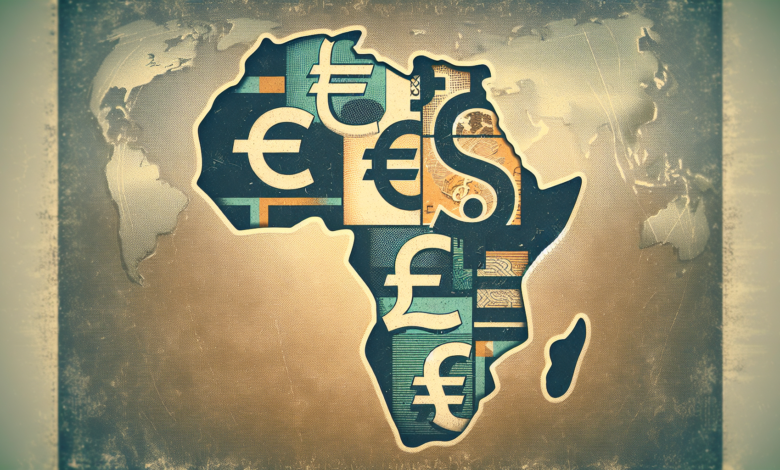Currency Turbulence: African Nations Face Instability

What’s going on here?
From Kenya to Zambia, multiple African nations are experiencing currency fluctuations. Severe weather, economic slowdowns, and demand-supply imbalances are contributing to the instability of currencies like the Kenyan shilling and Zambian kwacha, with potential reprieves for others such as the Ugandan shilling.
What does this mean?
In Kenya, the shilling is poised to weaken due to increased dollar demand in manufacturing and the impacts of recent flooding on agriculture. Nigeria’s naira is likely to depreciate due to higher seasonal dollar demands and sluggish foreign inflows, as evidenced by a dip in foreign reserves noted by StoneX Financial. In Ghana, the cedi struggles as corporate dollar demands outpace supply despite central bank efforts. Zambia’s kwacha grapples with the balance of intense dollar demand from its key copper industry against inadequate supply. In contrast, Uganda’s shilling may find stability through reduced imports and consumer spending.
Why should I care?
Zooming out: Deciphering the health of a currency.
The strength of a currency mirrors deeper economic realities. A weakening currency often flags issues like trade imbalances or economic mismanagement, influencing everything from local inflation rates to international investment flows.
For markets: Strategize your international investments.
For global investors, grasping these currency trends is vital. Fluctuations can significantly impact investment returns, particularly in commodity-driven economies like Zambia’s copper sector or Kenya’s agricultural market. Staying informed facilitates smarter investment choices.





